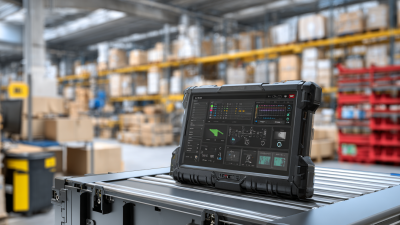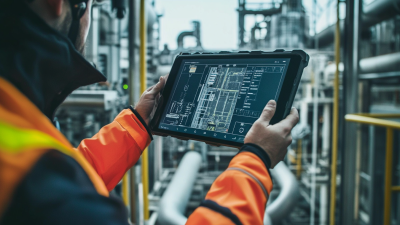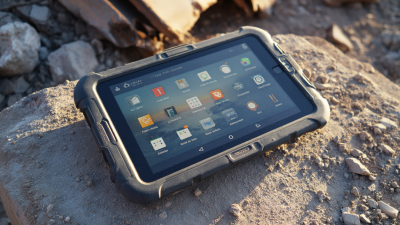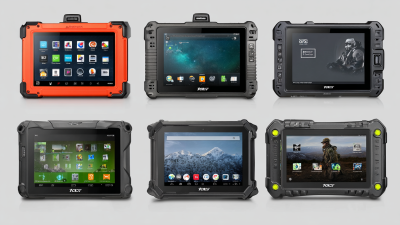7 Secrets of the Best Rugged Android Tablet for Tough Environments
In an increasingly demanding technological landscape, the need for durable and versatile devices has become paramount, especially in tough environments such as construction sites, warehouses, and field service operations. According to a recent report from VDC Research, the rugged tablet market is projected to grow by 7.8% annually, with Rugged Android Tablets leading the charge due to their robust design and enhanced performance capabilities. These devices are engineered to withstand extreme temperatures, moisture, and physical impacts, making them essential tools for professionals who operate in unforgiving conditions.
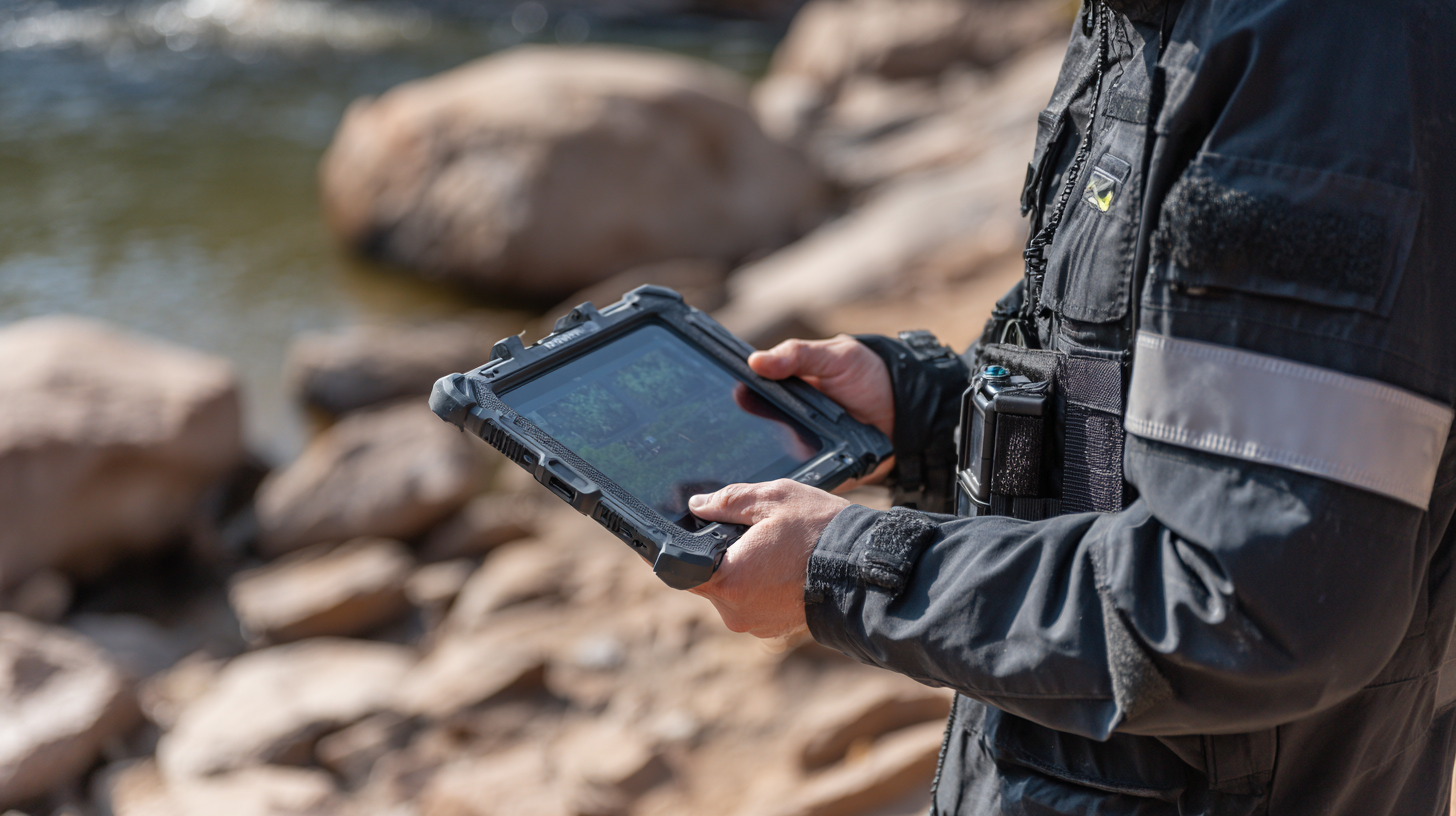
Understanding the seven secrets that define the best Rugged Android Tablet can not only enhance productivity but also ensure that investments in technology yield long-term benefits. This article explores key features and considerations that elevate these rugged devices above their standard counterparts, providing valuable insights for enterprises looking to optimize their mobile solutions.
Durability Ratings: Understanding IP and MIL-STD Standards for Rugged Tablets
When selecting a rugged Android tablet for harsh environments, understanding durability ratings is critical. Devices are often evaluated based on two principal standards: IP (Ingress Protection) ratings and MIL-STD (Military Standard) compliance. An IP68 rating indicates that a device is dust-tight and can withstand immersion in water beyond 1 meter, making it ideal for outdoor and industrial use. Conversely, MIL-STD-810 certification encompasses a variety of tests including drop tests, temperature extremes, and vibration resistance, ensuring that the tablet can endure the rigors of field operations.
Recent evaluations of rugged devices underscore the importance of these certifications. For instance, many rugged tablets, when subjected to real-world testing conditions, showcase their resilience against drops, impacts, and water exposure. A report highlighted that devices meeting the MIL-STD-810G standard significantly reduce the risk of failure in emergency scenarios, thereby enhancing field productivity for vital roles such as first responders. Likewise, understanding these ratings equips IT managers with the knowledge to choose devices that will stand the test of time and the elements, ensuring reliable performance in a variety of challenging environments.
Battery Life Metrics: Powering Through Extended Use in Harsh Conditions
When it comes to rugged Android tablets designed for tough environments, battery life is a critical metric that cannot be overlooked. These devices are often subjected to extreme conditions, making it essential for them to power through prolonged usage without frequent recharging. High-capacity batteries and efficient power management systems are key components that ensure these tablets remain operational for longer durations, even in the harshest settings.
To optimize battery life, users should consider a few practical tips. First, disabling unnecessary features such as Bluetooth, GPS, and background app refresh can significantly extend battery performance. Additionally, adjusting the screen brightness to an optimal level based on the surrounding environment will help conserve energy. Finally, utilizing power-saving modes during particularly demanding conditions can make a noticeable difference in battery longevity.
Moreover, some rugged tablets come equipped with features like replaceable batteries or solar charging options, further enhancing their usability in remote areas. Selecting a device that supports these features adds an additional layer of resilience, ensuring that the tablet can endure the rigors of outdoor work. Armed with these strategies and features, users can confidently rely on their rugged Android tablets to perform seamlessly, even when the odds are stacked against them.
7 Secrets of the Best Rugged Android Tablet for Tough Environments
| Feature |
Detail |
Battery Life (Hours) |
Operating Temperature Range (°C) |
Weight (kg) |
| Display |
10.1 inch FHD, Glove-compatible |
15 |
-20 to 60 |
1.2 |
| Processor |
Octa-Core 2.0 GHz |
12 |
-20 to 60 |
1.4 |
| Storage Options |
64GB, 128GB with expandable storage |
14 |
-20 to 70 |
1.1 |
| IP Rating |
IP68 |
10 |
-20 to 80 |
1.3 |
| Drop Test Rating |
MIL-STD-810G |
13 |
-20 to 60 |
1.5 |
Display Readability: Importance of Sunlight-Readable Screens for Outdoor Work
In tough outdoor environments where bright sunlight is a prevalent challenge,
the performance of rugged Android tablets heavily relies on
their display readability. A study by the International Data Corporation (IDC)
indicates that over 60% of professionals in fields such as
construction and field service report difficulties in visualizing tablet screens under direct sunlight. This necessitates
the use of sunlight-readable screens that boast higher brightness levels, typically
exceeding 1000 nits, enabling effective usage without straining the eyes.
Moreover, advancements in display technology, such as the incorporation of anti-glare coatings
and improved contrast ratios, significantly enhance visibility. According to a report from DisplayMate Technologies,
tablets designed for outdoor use can achieve up to a 30% increase in screen visibility under daylight conditions,
pushing the boundaries of usability in bright environments. These features are indispensable for professionals who rely on
accurate data access and real-time communication while navigating
adverse conditions, ensuring that rugged tablets are not just durable but also highly functional.
Performance Specs: Comparing CPUs and RAM for Demanding Field Applications
When selecting a rugged Android tablet for demanding field applications, the performance specifications, particularly the CPUs and RAM, are critical factors.
According to a recent market analysis by IDC, tablets designed for tough environments are increasingly leveraging advanced processors such as the Qualcomm Snapdragon series, which offer superior performance and efficiency.
For example, the Snapdragon 888, designed with 5G capabilities, not only supports high-speed connectivity essential for real-time data transfer in the field but also delivers robust processing power with its octa-core setup that clocks up to 2.84 GHz.
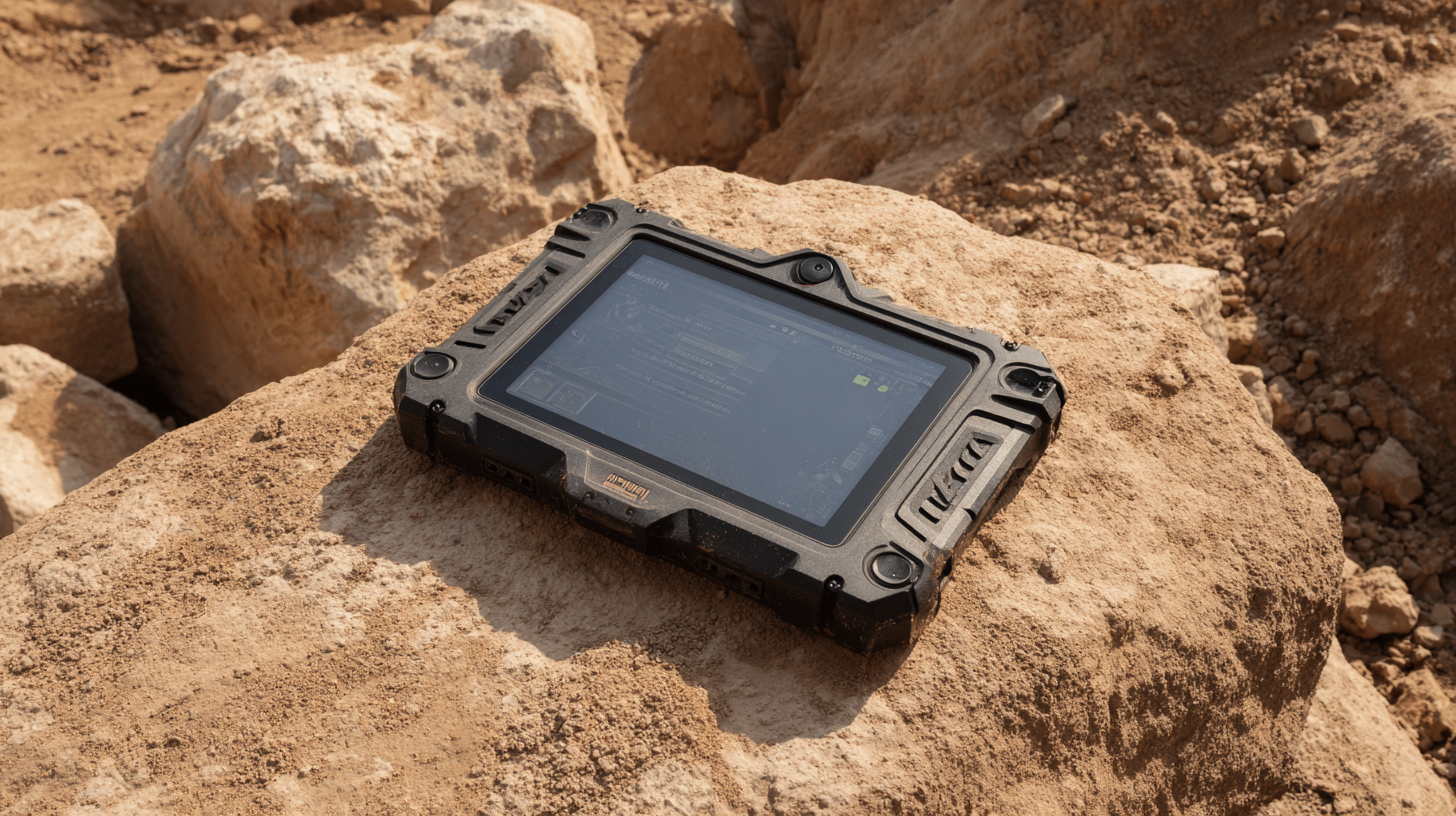 RAM is equally vital, particularly in scenarios requiring multitasking capabilities under harsh conditions. Research from Statista indicates that tablets with a minimum of 4GB to 6GB of RAM are essential for heavy applications, enabling smooth operation of software used for tasks like remote sensing, data collection, and navigation.
Rugged tablets equipped with at least 8GB of RAM can significantly enhance user experience by facilitating seamless operation even with multiple applications active.
As the demand for mobile computing increases in industries like construction and logistics, investing in devices with advanced CPU architecture and adequate RAM is crucial for improving productivity and operational efficiency in challenging environments.
RAM is equally vital, particularly in scenarios requiring multitasking capabilities under harsh conditions. Research from Statista indicates that tablets with a minimum of 4GB to 6GB of RAM are essential for heavy applications, enabling smooth operation of software used for tasks like remote sensing, data collection, and navigation.
Rugged tablets equipped with at least 8GB of RAM can significantly enhance user experience by facilitating seamless operation even with multiple applications active.
As the demand for mobile computing increases in industries like construction and logistics, investing in devices with advanced CPU architecture and adequate RAM is crucial for improving productivity and operational efficiency in challenging environments.
Connectivity Options: Evaluating Wireless and Port Choices for Rugged Usage
In today’s demanding environments, choosing a rugged Android tablet that excels in connectivity is paramount. When evaluating wireless options, look for tablets that support the latest standards such as Wi-Fi 6 and 5G technology. According to a report from ResearchAndMarkets, the global rugged tablet market is expected to reach $1.84 billion by 2026, as industries recognize the importance of reliable connectivity in challenging conditions. Tablets equipped with these advanced connectivity options ensure seamless communication and data transfer, enhancing productivity even in remote locations.
Additionally, it’s crucial to assess the port choices available on rugged tablets. Many of the leading models feature multiple USB ports, HDMI outputs, and even options for docking, providing flexibility for various devices. A survey by IDC indicates that 62% of field workers prefer devices with versatile ports that can connect to other peripherals. Ensuring that your rugged tablet can interface with different tools can significantly streamline operations.
**Tips:** When selecting a rugged tablet, prioritize models with comprehensive wireless capabilities and robust port options that cater to your specific operational needs. Always verify the durability ratings and sweat the small details—like port protection and antenna placement—because they can impact performance in harsh environments.
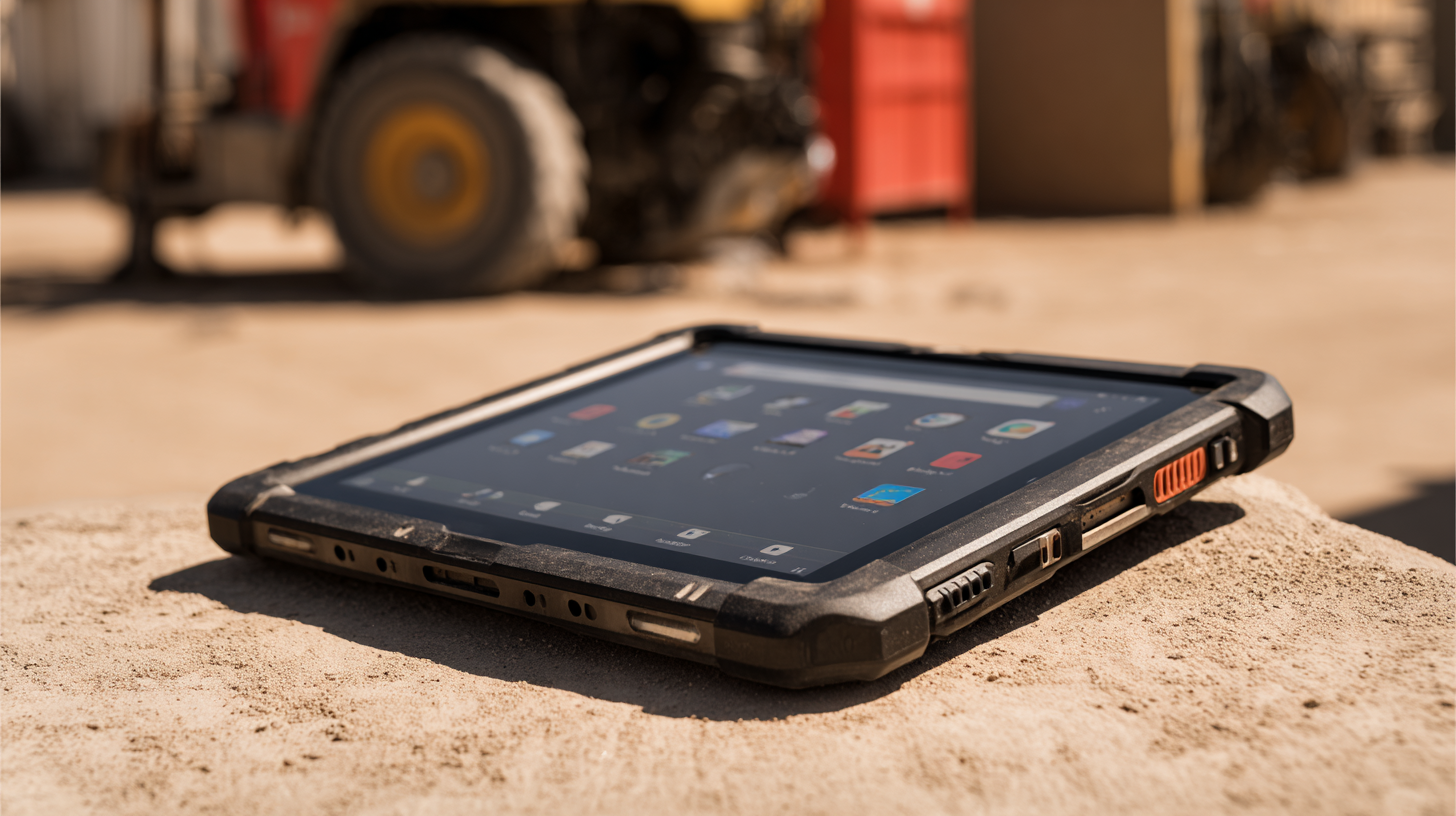

Home
Products
Solutions
MDM Software
OEM/ODM
About Us
About 3Rtablet
Quality Control
Contact Us
News
New Product Launch: 3R Rugged Tablet PC: AT-10AL—Powerful Customization with Yocto System
3Rtablet: Enhancing Your Off-Road Adventures,Your Ultimate Off-Road Companion
3Rtablet: Powering Productivity in Construction and Agriculture
Choosing Your Ideal Linux Rugged Tablet: Why Opt for Yocto?
Choosing Your Ideal Linux Rugged Tablet: Why Opt for Debian?
Yocto VS Debian - Choosing Between Yocto and Debian
GMS Certified Android Device: Ensuring Compatibility, Security and Rich Functions
New Arrivals: Rugged Android 12.0 or Linux Yocto OS Vehicle Telematics Box for Vehicle Applications in Various Sectors
Rugged Tablet For Taxi Dispatch
Rugged Driver Tablets Revolutionize Safety and Efficiency in Mining Operations
Rugged In-Vehicle Tablets Power the Growth of IoT Revolution in Modern Industries
VT-7A PRO: New Android 13 Rugged Vehicle Tablet with GMS Certification
Taxi Dispatch Rugged Vehicle Tablet: Taximeter Ruggedized Car Tablet PC with CANBUS MDT Terminal Is Bound to Make an Impact in Your Business
Sick and Tired of Doing Fleet Management the Old Way? Read This! Discover Smarter Solutions with MDT Terminals, Rugged Vehicle Tablets, MDM Platforms, and More
Global Memory Supply Faces Severe Disruptions Amid AI-Driven Demand Surge
FAQs
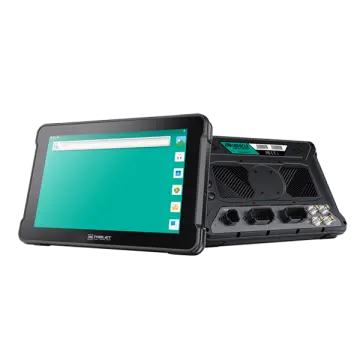 AT-10A
AT-10A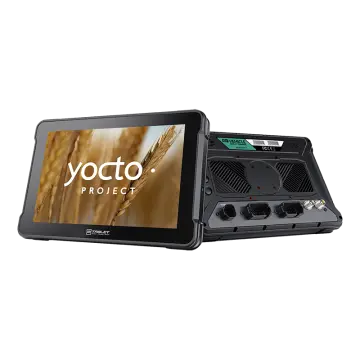 AT-10AL
AT-10AL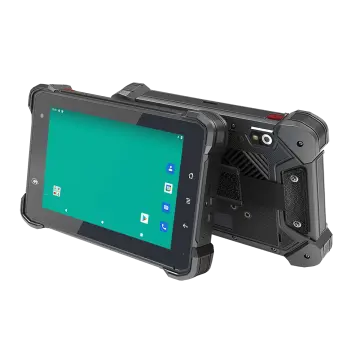 VT-7 GA/GE
VT-7 GA/GE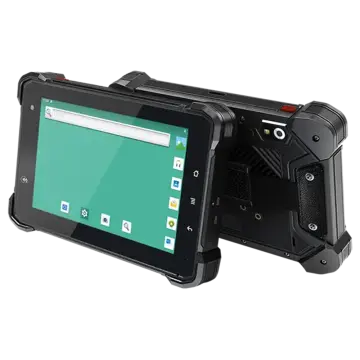 VT-7 Pro
VT-7 Pro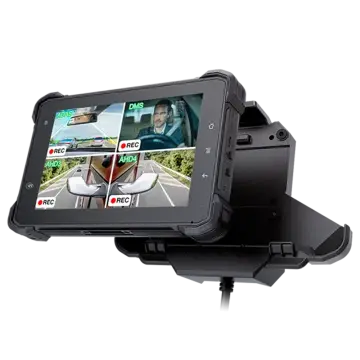 VT-7 PRO (AHD)
VT-7 PRO (AHD) VT-7A
VT-7A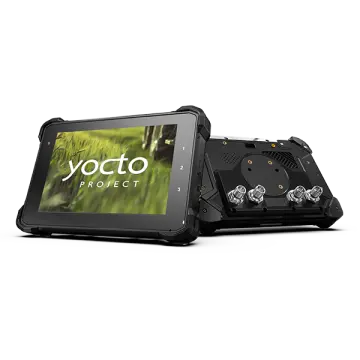 VT-7AL
VT-7AL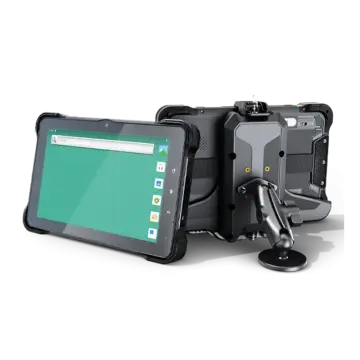 VT-10
VT-10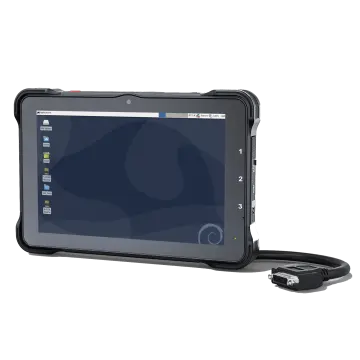 VT-10 IMX
VT-10 IMX VT-10 Pro
VT-10 Pro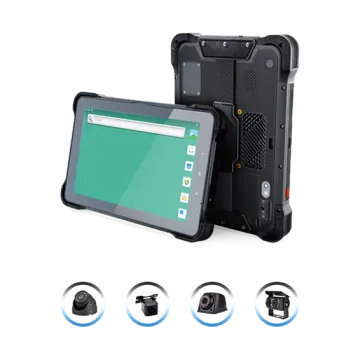 VT-10 Pro AHD
VT-10 Pro AHD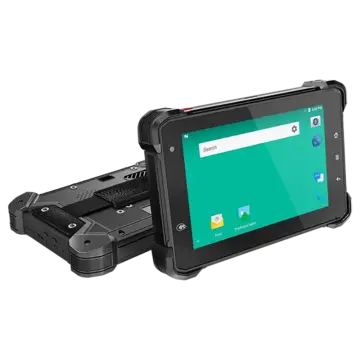 VT-7
VT-7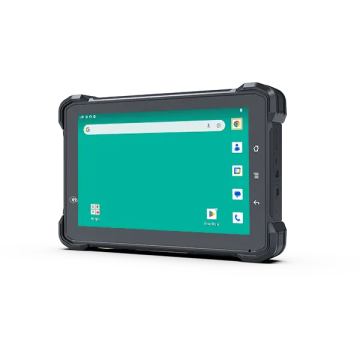 VT-7A PRO
VT-7A PRO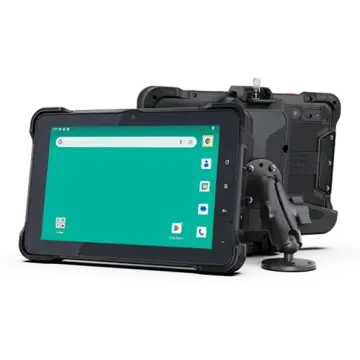 VT-10A Pro
VT-10A Pro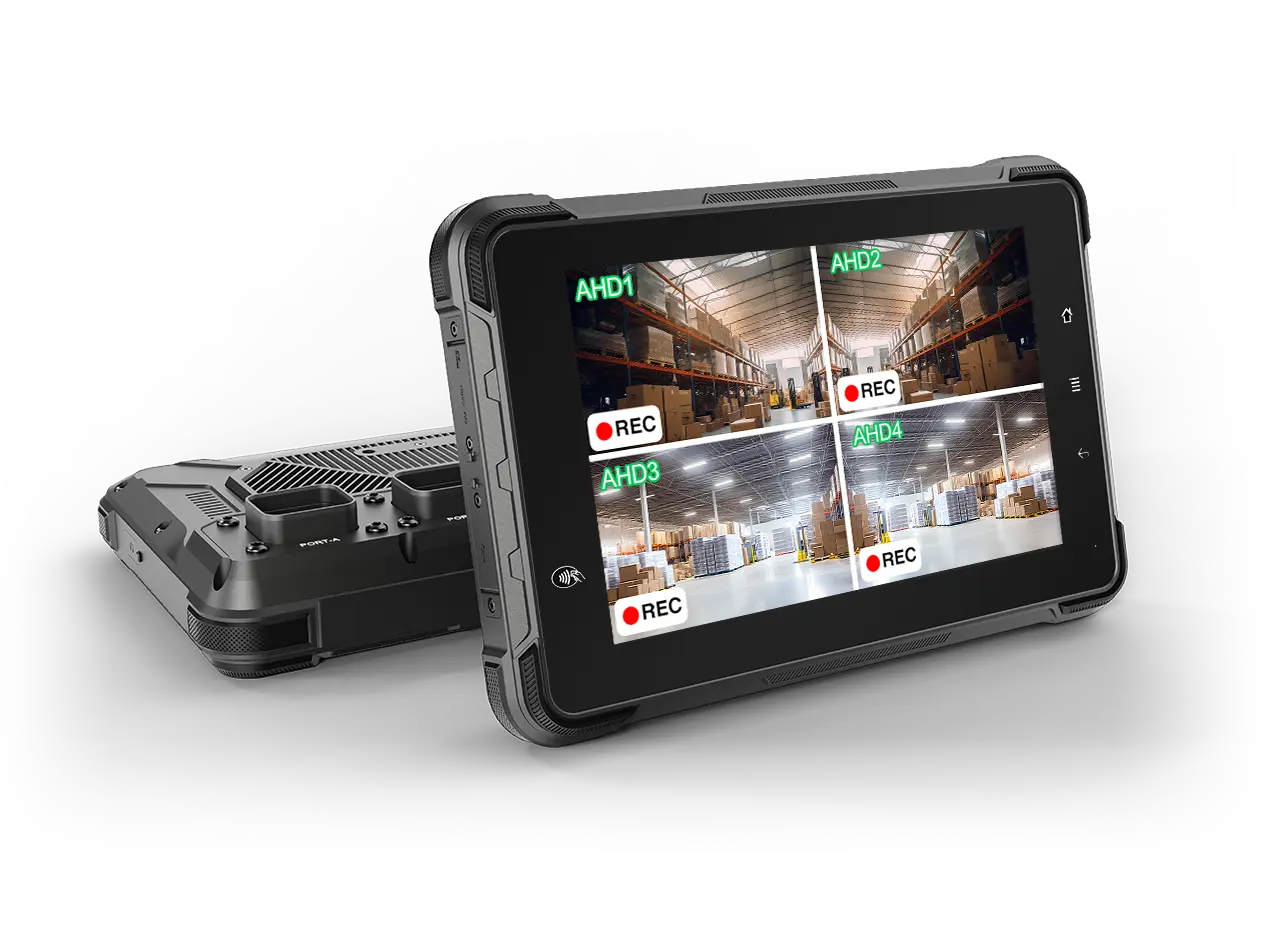 ST-7 Rugged Table
ST-7 Rugged Table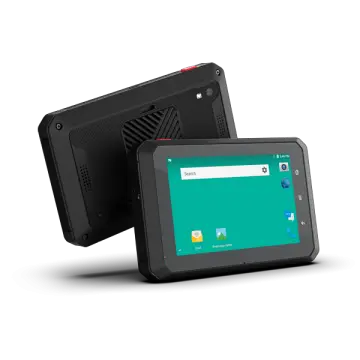 VT-5A
VT-5A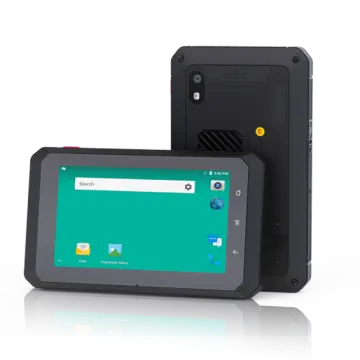 VT-5
VT-5 VT-BOX
VT-BOX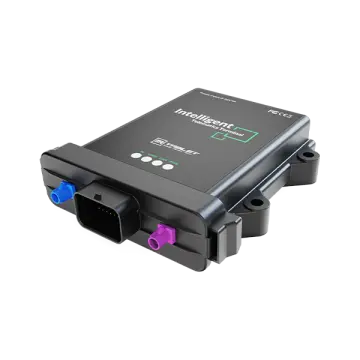 VT-BOX-II
VT-BOX-II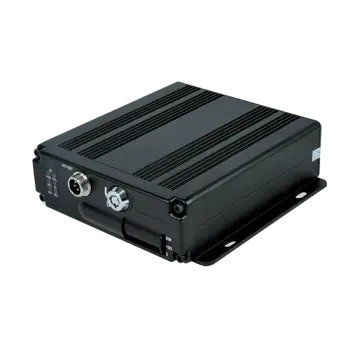 AI-MDVR040
AI-MDVR040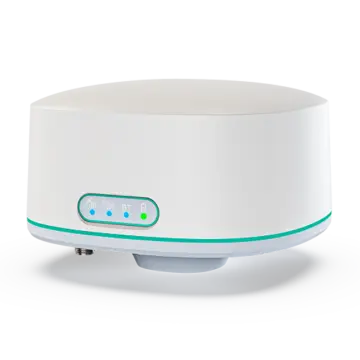 AT-B2
AT-B2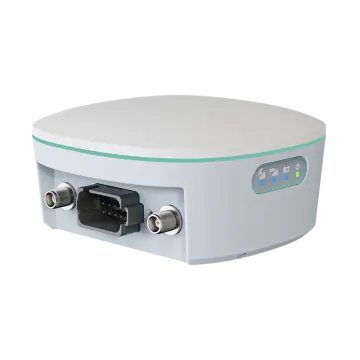 AT-R2
AT-R2
 RAM is equally vital, particularly in scenarios requiring multitasking capabilities under harsh conditions. Research from Statista indicates that tablets with a minimum of 4GB to 6GB of RAM are essential for heavy applications, enabling smooth operation of software used for tasks like remote sensing, data collection, and navigation.
Rugged tablets equipped with at least 8GB of RAM can significantly enhance user experience by facilitating seamless operation even with multiple applications active.
As the demand for mobile computing increases in industries like construction and logistics, investing in devices with advanced CPU architecture and adequate RAM is crucial for improving productivity and operational efficiency in challenging environments.
RAM is equally vital, particularly in scenarios requiring multitasking capabilities under harsh conditions. Research from Statista indicates that tablets with a minimum of 4GB to 6GB of RAM are essential for heavy applications, enabling smooth operation of software used for tasks like remote sensing, data collection, and navigation.
Rugged tablets equipped with at least 8GB of RAM can significantly enhance user experience by facilitating seamless operation even with multiple applications active.
As the demand for mobile computing increases in industries like construction and logistics, investing in devices with advanced CPU architecture and adequate RAM is crucial for improving productivity and operational efficiency in challenging environments.

